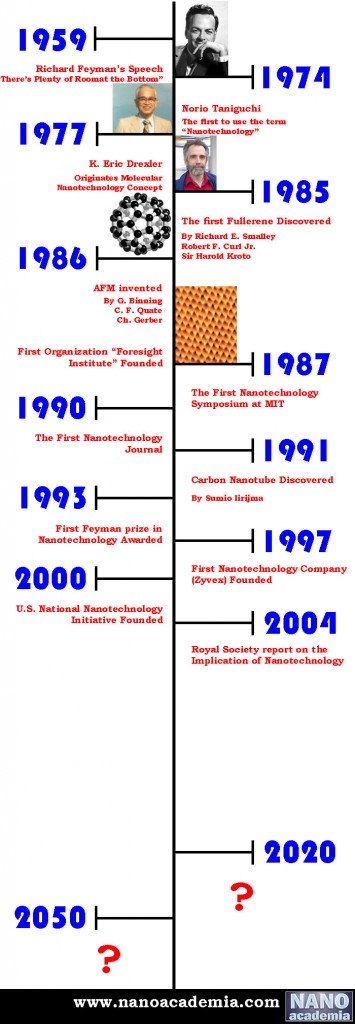This is not a comfortable topic for a lot of people, but James Lewis in a May 26, 2012 posting on the Foresight Institute blog, comments on some developments in the DARPA (US Defense Advanced Research Projeect Agency) Living Foundries program (Note: I have removed a link),
Synthetic biology promises near-term breakthroughs in medicine, materials, and energy, and is also one promising development pathway leading to advanced nanotechnology and a general capability for programmable, atomically-precise manufacturing. Darpa (US Defense Advanced Research Projects Agency) has launched a new program [Living Foundries] that could greatly accelerate progress in synthetic biology by creating a library of standardized, modular biological units that could be used to build new devices and circuits.
…
If Darpa’s Living Foundries program achieves its ambitious goals, it should create a methodology, toolbox, and a large group of practitioners ready to pursue a synthetic biology pathway to building complex molecular machine systems, and eventually, atomically precise manufacturing systems.
DARPA opened solicitations for this program Sept. 2, 2011 and made a series of award notices starting May 17, 2012 stretching to May 31,2012. Here’s a description of the program from the DARPA Living Foundries project webpage,
The Living Foundries Program seeks to create the engineering framework for biology, speeding the biological design-build-test cycle and expanding the complexity of systems that can be engineered. The Program aims to develop new tools, technologies and methodologies to decouple biological design from fabrication, yield design rules and tools, and manage biological complexity through abstraction and standardization. These foundational tools would enable the rapid development of previously unattainable technologies and products, leveraging biology to solve challenges associated with production of new materials, novel capabilities, fuel and medicines. For example, one motivating, widespread and currently intractable problem is that of corrosion/materials degradation. The DoD must operate in all environments, including some of the most corrosively aggressive on Earth, and do so with increasingly complex heterogeneous materials systems. This multifaceted and ubiquitous problem costs the DoD approximately $23 Billion per year. The ability to truly program and engineer biology, would enable the capability to design and engineer systems to rapidly and dynamically prevent, seek out, identify and repair corrosion/materials degradation.
Accomplishing this vision requires an approach that is more than multidisciplinary – it requires a new engineering discipline built upon the integration of new ideas, approaches and tools from fields spanning computer science and electrical engineering to chemistry and the biological sciences. The best innovations will introduce new architectures and tools into an open technology platform to rapidly move new designs from conception to execution.
Performers must ensure and demonstrate throughout the program that all methods and demonstrations of capability comply with national guidance for manipulation of genes and organisms and follow all guidance for biological safety and Biosecurity.
Katie Drummond in her May 22, 2012 posting on the Wired website’s Danger Room blog makes note of the awarded contracts (Note: I have removed the links),
Now, Darpa’s handed out seven research awards worth $15.5 million to six different companies and institutions. Among them are several Darpa favorites, including the University of Texas at Austin and the California Institute of Technology. Two contracts were also issued to the J. Craig Venter Institute. Dr. Venter is something of a biology superstar: He was among the first scientists to sequence a human genome, and his institute was, in 2010, the first to create a cell with entirely synthetic genome.
In total, nine contracts were awarded as of May 31, 2012. MIT (Massachusetts Institute of Technology) was awarded two, while Stanford University, Harvard University, and the Foundation for Applied Molecular Evolution were each awarded one.
The J. Craig Venter Institute received a total of almost $4M for two separate contracts ($964,572 and $3,007, 321). Interestingly, Venter has just been profiled in the New York Times magazine in a May 30, 2012 article by Wil S. Hylton with nary a mention of this new project (I realize the print version couldn’t be revised but surely they could have managed a note online). The opening paragraphs sound like a description of the Living Foundries project for people who don’t specialize in reading government documents,
In the menagerie of Craig Venter’s imagination, tiny bugs will save the world. They will be custom bugs, designer bugs — bugs that only Venter can create. He will mix them up in his private laboratory from bits and pieces of DNA, and then he will release them into the air and the water, into smokestacks and oil spills, hospitals and factories and your house.
Each of the bugs will have a mission. Some will be designed to devour things, like pollution. Others will generate food and fuel. There will be bugs to fight global warming, bugs to clean up toxic waste, bugs to manufacture medicine and diagnose disease, and they will all be driven to complete these tasks by the very fibers of their synthetic DNA.
This is is not a critical or academic analysis of Venter’s approach to biology, synthetic or otherwise, but it does offer an in-depth profile and, given Venter’s prominence in the field of synthetic biology, it’s a worthwhile read.
